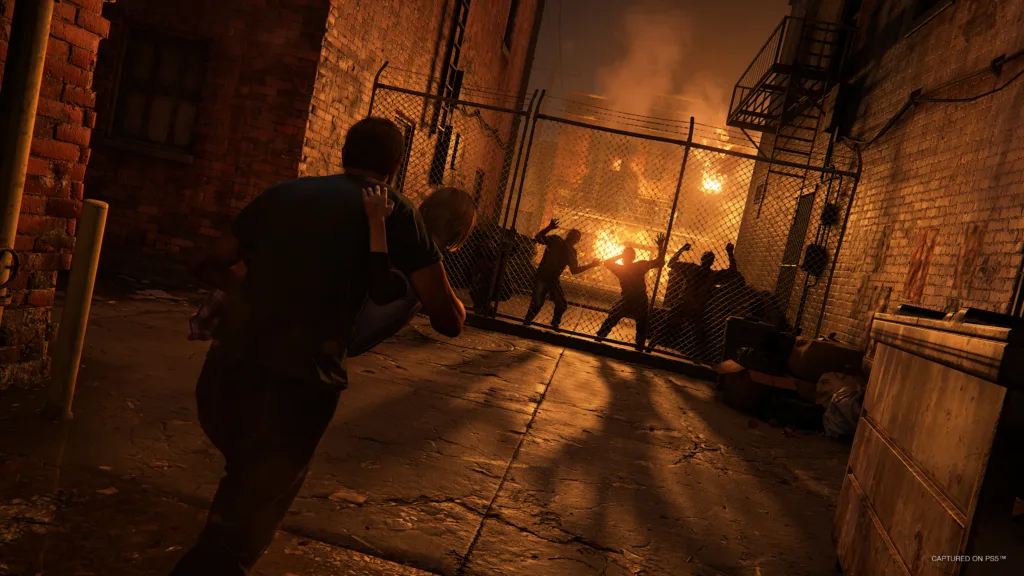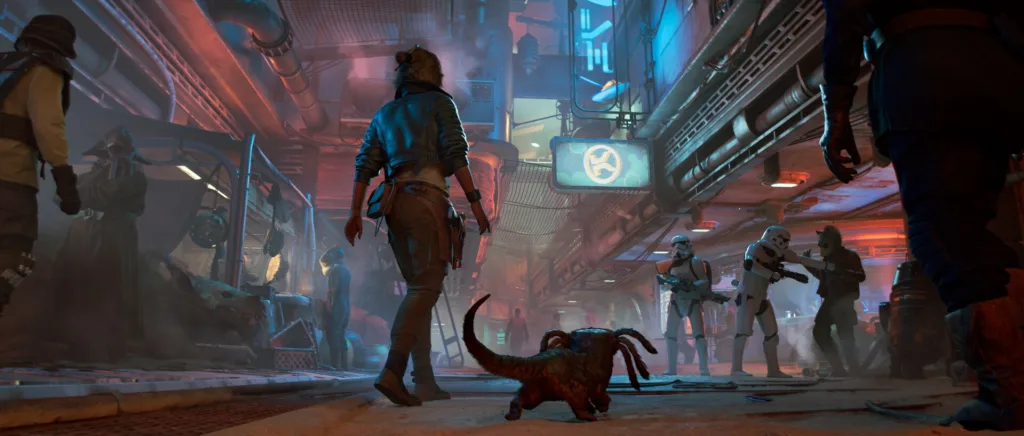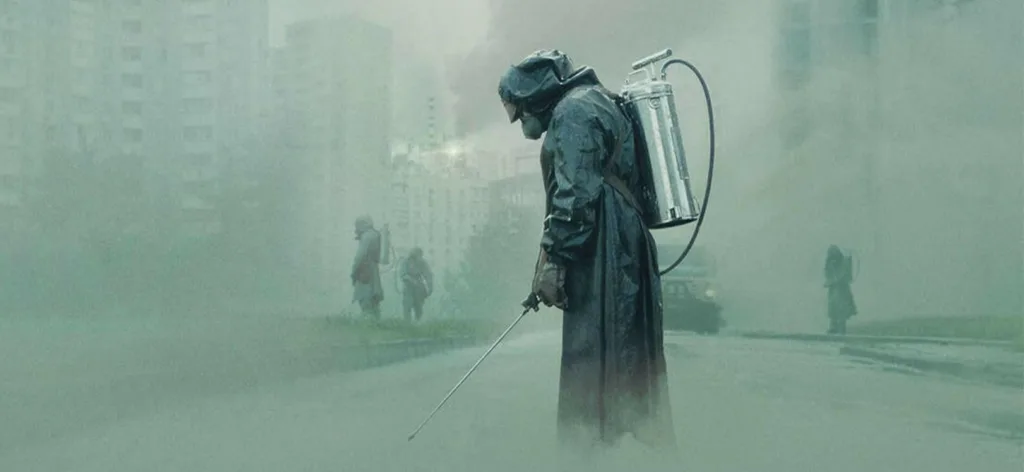5 Tips on Writing: With Alice Rendell
I’m Alice, and I’ve been working as a game and narrative designer for 15 years on a variety of games, from indie to AAA. I generally work in the area of narrative systems, focusing on seamlessly telling stories through the gameplay itself. I have also helped design narrative tools that help empower narrative designers when creating their content in the engine.
Currently, I am the Narrative Lead at Off-Leash Interactive and write sci-fi and fantasy short stories in my free time (which, like most people, I don’t have nearly enough of).
Hooking Your Audience
Make your story intro playable.
When you’ve worked on developing a world, story and characters over many years, it can be incredibly tempting to lore dump on the player in the first 10 mins of the game. Because you love your story, right? And you want your audience to fall in love with it too. But, like all storytelling media, you have to earn the audience’s investment, and the best way to do this in games is by allowing them to play your intro.
Take
The Last of Us
for example. That game could easily have started the story with a long cutscene, showing what happened to Joel and his daughter years earlier. But instead it lets you play this narrative, allowing the player to get closer to the world and let them feel the same acute loss that the character feels. This is so powerful! People buy games to play them, so let them jump into the gameplay as soon as possible and the love for your story will follow.
Mastering Plot Development
Narrative stakes and gameplay stakes should align. When you are designing quests and missions make sure that any risks, pitfalls and obstacles in gameplay are complimented by similar conflict in the narrative. For example, if your quest narratively sets up a very dangerous situation for your character, but you don’t have many gameplay consequences for failure in your game, then that mechanic will undermine the story and the two will feel disconnected. Narrative and gameplay pacing should always mimic each other. And if you are ever struggling with this (which we all do at some point) then I recommend drawing a graph that maps out the highs and lows of both your gameplay and your story, and see if the two match-up.

Effective World-Building Strategies
Map your content to the themes of your story.
Generally, you want every bit of content in your game to contribute to the large tapestry that is your world, story and themes.
A trick that I have found useful when creating content for a game is to write out the main four themes in a quadrant. From there you can gather all the content for the game, from main quests to side-missions, and place them in the relevant quadrant (overlapping where needed).
This is a useful way to visualise the spread of your themes, and check if you are too heavy in one quadrant and neglecting others
Techniques for Character Development
Use quests and missions to learn something new about your character. For games with authored characters, quests and missions are a great way to get to know them better. As you are seeing the world through their eyes you can use this content to reveal a new piece of your character’s personality.
For example, a cynical character who doesn’t believe in romance could encounter a side-quest that challenges this world view, revealing a new aspect of who they are. If your content isn’t revealing something new about your character, or challenging their point-of-view in some way, then maybe that content doesn’t belong in the game.
Crafting Meaningful Decisions

Tie choices to gameplay consequences.
I love choices and branching in games as it’s such a great way to roleplay a character. But I love them even more when the roleplaying also has a tangible gameplay consequence. And this doesn’t have to be about huge branching storylines.
The Reputation system in
Star Wars Outlaws
allows the player to make choices that impact how much a syndicate likes you, as well as locking dialogue options if you do not have a good enough Reputation. In turn, this opens up new areas and content depending on the player’s current Reputation.
These choices were not about branching the main storyline, but instead impacting the systems in the game to create a unique gameplay experience for each player.
What are your strengths in writing and narrative design?
For me my favourite part of narrative design is translating a story into gameplay. Especially finding ways to convey the narrative through systems. I’ve always felt that games are one of the most impactful ways to tell a story, because through gameplay you can experience what it is like to be someone else and walk in their shoes for a little.
I am a strong believer in games for social impact, and the best way we can do this (in my opinion) is by playing stories.

Which games or stories have you worked on?
I’ve worked on big AAA open-worlds for Ubisoft such as
Star Wars Outlaws
and
Avatar: Frontiers of Pandora
, as well as smaller indie titles
The Descendant
and JRPG
Zodiac: Orcanon Odyssey
.
I have also written an adventure scenario for
The Fifth Season
roleplaying game – based on N.K.Jemisin’s Hugo-winning novel of the same name – which, as a keen ttrpg player, was a huge amount of fun!
Exploring Favorites
The TV show Chernobyl really captured me. It is always interesting to watch a real life disaster show/film where we as an audience already know the terrible outcome.
Chernobyl did such a great job of giving its audience grounded characters to care about, despite knowing how the story will end, so that we want to find out what happened to them specifically. The way the ash rains down on the nearby inhabitants of Chernobyl in a moment of harmless beauty for them, while we at home are fully aware of the danger to come, was so hauntingly horrific. I just think it’s such a masterful piece of storytelling.
A Wish for Interactive Audio Stories
Without a doubt it would be
Stardew Valley
. I am so invested in the characters of that game that I want to know as much about them as possible. Who were they before I showed up? How did they come to live in Stardew?
For me, one of the strengths of
Stardew Valley
(and there are many) is the characters feel like living, breathing people, with their own lives that just happen to cross paths with my character. It’s difficult in games to make NPCs feel like independent beings, as opposed to someone who is just waiting around for the player to speak to them, but Stardew does this so incredibly well! I think almost any of them would make for excellent further stories.
Register for our Free Writing Workshop now!
If you are interested in creating your own interactive audio story, you can apply for our free webinar! It will introduce you to our interactive story game engine, TWIST, and teach you how to use it to create interactive audio stories.
Interested in contributing to our blog series?
If you would also like to publish a blog post on our website and share your own story with interested readers, simply fill out the contact form.





